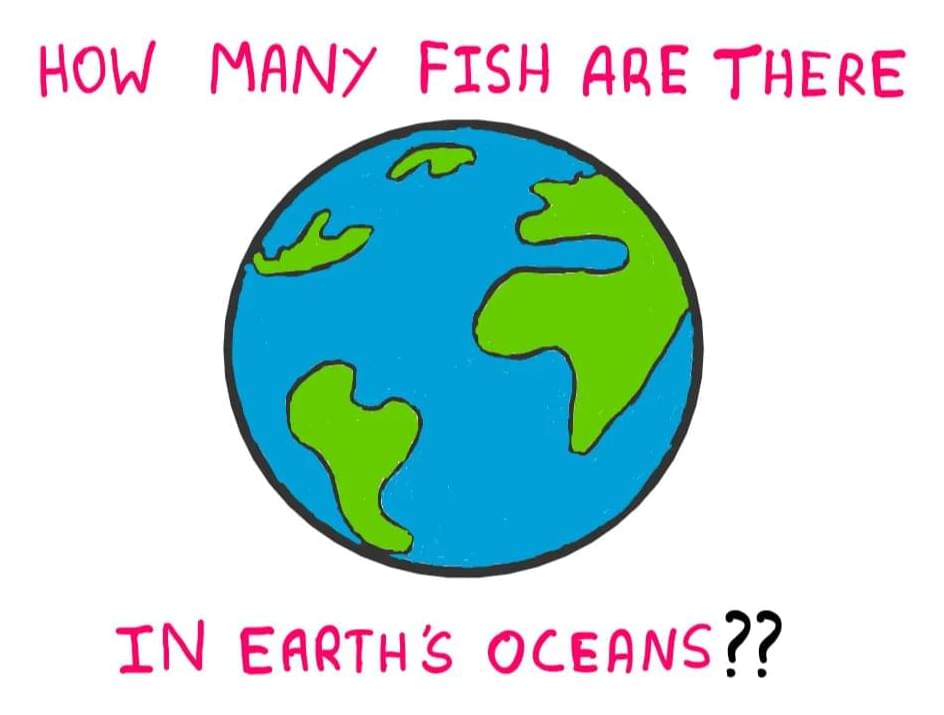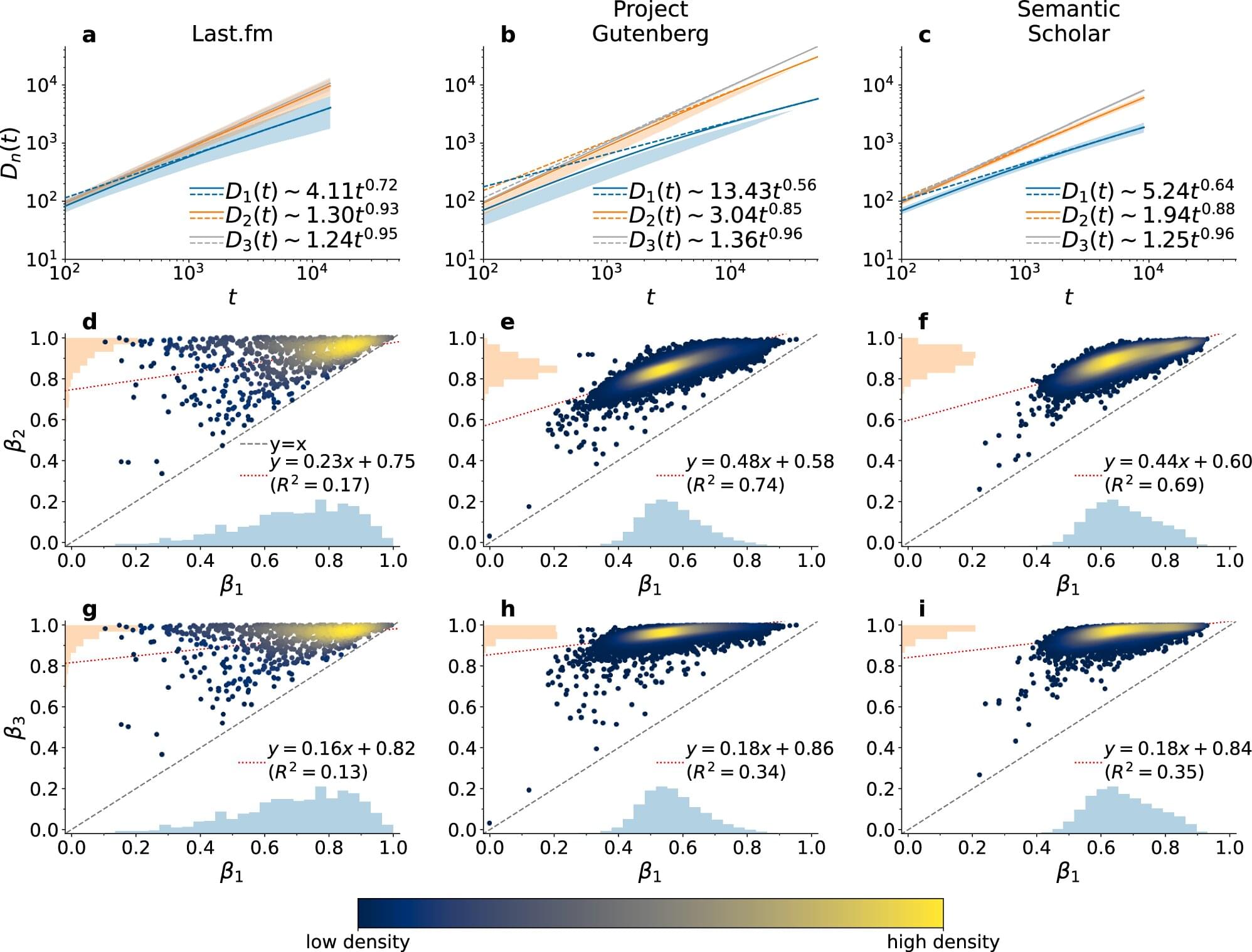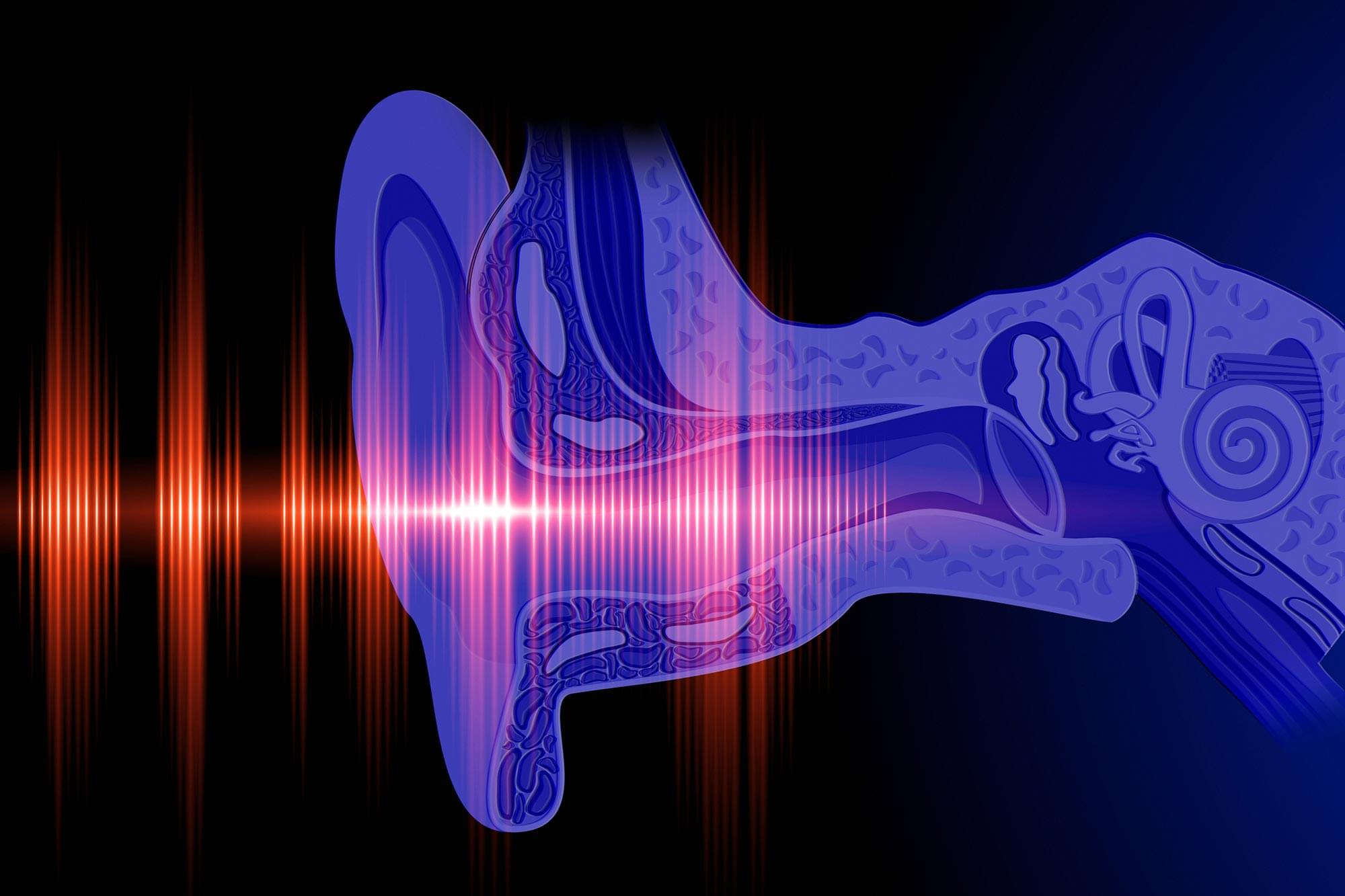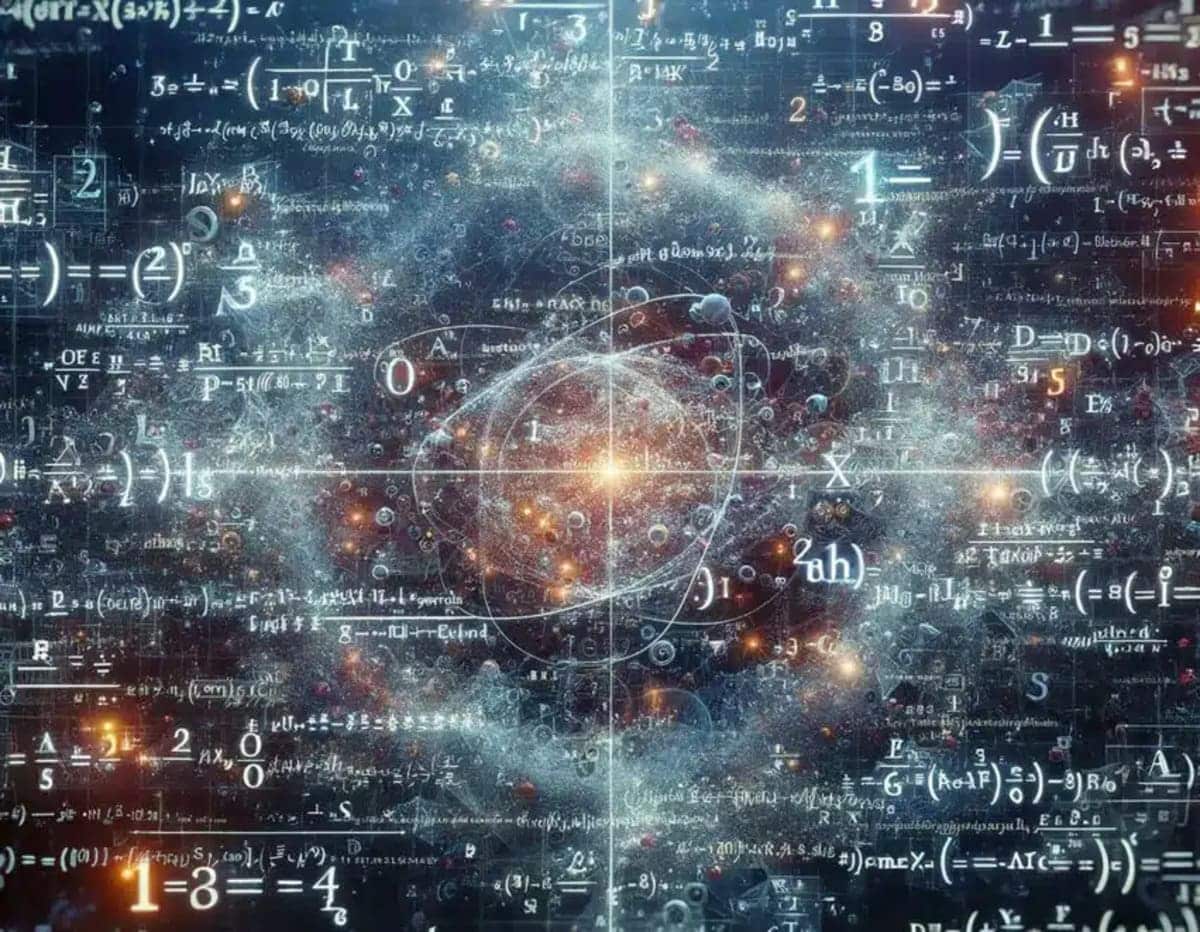For decades, the realm of particle physics has been governed by two major categories: fermions and bosons. Fermions, like quarks and leptons, make up matter, while bosons, such as photons and gluons, act as force carriers. These classifications have long been thought to be the limits of particle behavior. However, a breakthrough has recently changed this understanding.
Researchers have mathematically proven the existence of paraparticles, a theoretical type of particle that doesn’t fit neatly into the traditional fermion or boson categories. These exotic particles were once deemed impossible, defying the conventional laws of physics. Now, thanks to advanced mathematical equations, scientists have demonstrated that paraparticles can exist without violating known physical constraints.
The implications of this discovery could be far-reaching, especially in areas like quantum computing. Paraparticles could offer new possibilities in how we understand the universe at its most fundamental level. While the discovery is still in its early stages, it provides a new tool for physicists to explore more complex systems, potentially unlocking new technologies in the future.









